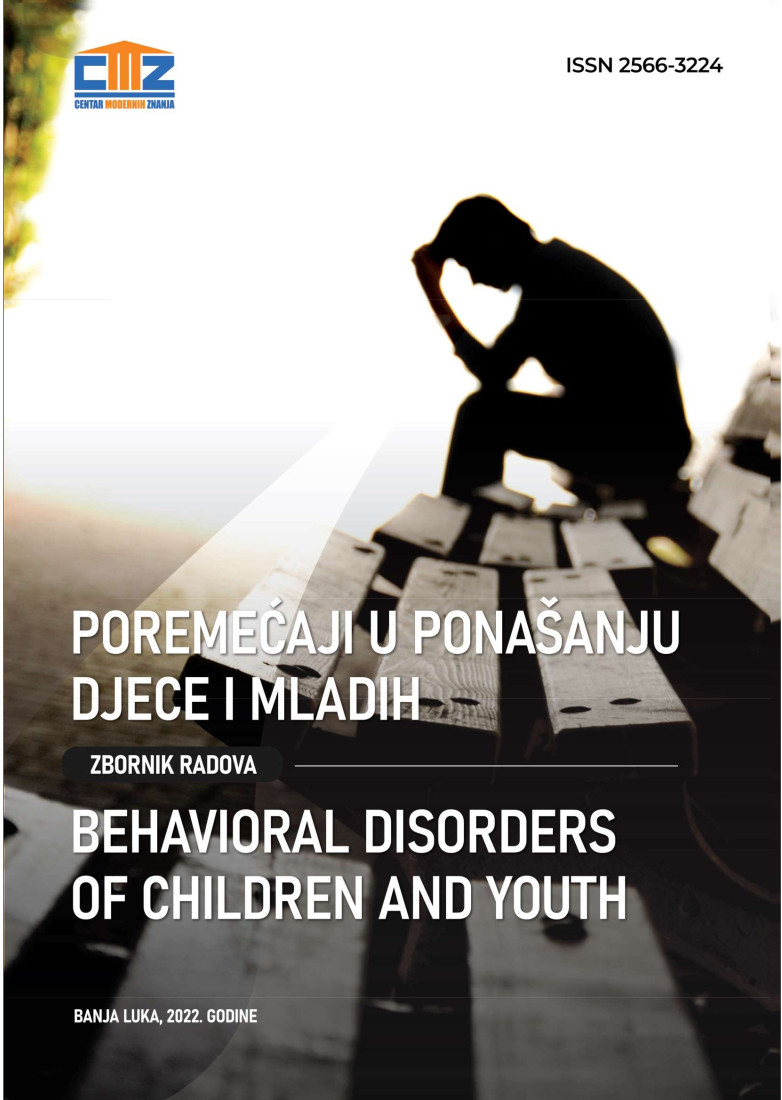INTERACTION OF ADULTS AND CHILDREN: FOSTERING A CULTURE OF SAFE BEHAVIOR
DOI:
https://doi.org/10.7251/ZCMZ0122141GKeywords:
safety culture, childhood policy, risk, communication between adults and childrenAbstract
Security, being vital not only for an individual, but also for society, is a reflection of the effective functioning of society, the state, and civilization. Absolute security as a state of complete protection of an individual's vital interests from any external and internal threats is impossible in the real world. There are always certain risks. At the same time, the level of security corresponds to the ability to manage these risks. Risk management is ensured by safe behavior, activities aimed at risk management and prevention of potential harm. Safe behavior is behavior that ensures the security of an individual's existence, as well as not harming people around them. On the one hand, the formation of safe behavior in children is subordinated to the general laws of skill development, and on the other hand, it should be based on the peculiarities of the child's psyche, physiological capabilities and life experience of the child. The authors of the article, position safety as the most important activity of educational organizations, identify the conditions of formation of skills of safe behavior in children of preschool age. Special attention is paid to the skills of safe behavior, which the authors present as the integration of two components: cognitive – knowledge of safe behavior and volitional – internal readiness and motivation for safe actions and behavior. Stand and describe the factors which are impediment to the formation in preschool children competence security. The article identifies the groups of adults who have the greatest responsibility for the formation of these skills in children – they include employees of educational authorities, teachers and parents. The authors come to the conclusion that the success of the formation of a culture of safety in preschool children is possible with the integration of interaction of all subjects of education.
